Various industries make use of cast parts. These include the automotive, construction, electronics, aerospace, and energy industries, among others.
Casting involves a series of processes such as mold preparation, machining, surface treatment, etc. You need to carefully carry out the casting processes. Otherwise, this can result in some defects in the cast parts.

You may be wondering what could be the common defects of casting. Right? Well, calm your nerves. That’s exactly what we will show you in this article.
Follow closely.
Common defects in casting
There are five broad categories of casting defects. These are:
(1.) Shrinkage defects
When a casting solidifies inside the mold, it always shrinks in size. Alloys shrink when changing from molten to solid. This is because the density of a casting alloy in the molten state is lower than it is in the solid state.

When sections of a casting solidify than the surrounding sections, and do not have enough metal flow into the section to fill, this leads to shrinkage defects. It is caused by the metal shrinking away from thick sections and toward thin sections, leaving voids in the centre.
Shrinkage defects refer to cavities inside castings which can cause internal weakening. It can also negatively affect the aesthetic quality and corrosion resistance of a casting

When there is a large shrinkage cavity in a casting, this compromises the integrity of the cast part and may cause it to break during stress.
It usually occurs in either the cope or drag portion of the casting. It comes with angular edges, rather than round surfaces in gas porosity. Also, it has a jagged or linear appearance.

There are two types of shrinkage defects. These are the closed and open shrinkage defects. The open shrinkage defects are open to the atmosphere.
Conversely, closed shrinkage defects are formed within the casting. This appears at the top of hot spots, or isolated pools of hot liquid.

How to avoid shrinkage defects
To avoid shrinkage defects in new cast parts, simulation analysis is necessary during the design phase. You can use simulation software to get an analysis for casting solidification phase. By this, you can identify the shape and location of the porosity.
In pressure die casting, you can use the simulation tools to optimize the casting design, mold geometry design, gating and cooling system. You will then use the data gleaned from this to investigate the problem.
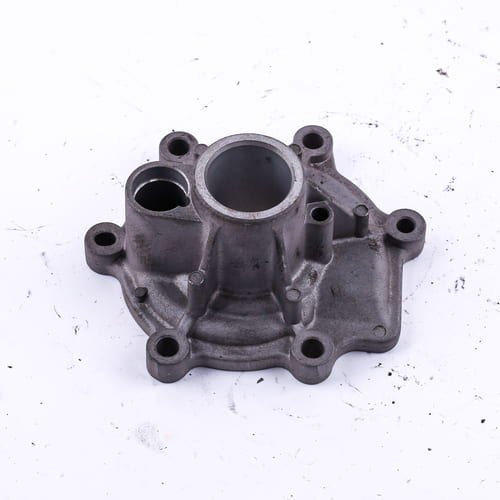
To avoid shrinkage in existing casting, if the cavities have large dimensions and are always in the same position as bear gates, you need to work on the runner and gates geometries. If the porosities have different frequencies and positions in the casting, work on the machines and operating parameters.
Essentially, to avoid shrinkage porosity for an existing casting, you can either modify the mold or modify the die casting machine;

• Modifying the mold: If the porosities are close to the injection gate, the most effective way is to modify the mold runner to reduce the feeding channel solidification.
• Modifying the die casting machine parameters: Incorrect machine maintenance is another cause of porosity. So, you have to verify the correct functionality of your die casting machine.

Modify the temperature and type of cooling fluid to cool down the hotspots in the porosity zones. Also, without exceeding the machine locking force, increase the working pressure of your casting machine
Generally, to prevent shrinkage casting:
• Incorporate risers that ensure a continuous flow of molten metal into the gating system.
• Insert internal chills and cooling ribs to increase local heat dissipation.
• Also, reduce the casting temperature to limit the total volume deficit.

(2.) Gas porosity
Liquid materials can hold a large amount of dissolved gas. However, the solid state of the same materials cannot hold such large amount of dissolved gas. This causes the gas to form bubbles within the material as it solidifies.
Gas porosity is the formation of bubbles within the cast parts after cooling. It is characterised by small voids, holes or pockets of air found inside the air.

Gas porosity occurs when the metal traps gas during casting. Air is present in the tool cavity and is easily trapped as metal fills the cavity. This leaves gaps at the top of the die.
Other causes of gas porosity include:
– When you fill a mold too slowly; this makes the solidification occur too early.
– When you don’t completely pull out the air used to force molten metal into the mold.
– When the air cannot escape through vents and overflow
– Inadequate gas permeability
– Excessive moisture content of the molding sand

How to avoid gas porosity
• Increase the mold and cores’ permeability. Allow enough air and gas to escape from the mold cavity
• Incorporate good melting practices. Melt the metal in a vacuum, under a flux that prevents contact with the air. Alternatively, melt the metal in an environment of low-solubility gases. Use coarser sands as such sands have higher permeability.

Types of gas porosity
There are three types of gas porosity. These are:
(a.) Subsurface blowholes: These are larger holes that appear on the inner part of a cast. Before machining, it is difficult to detect these holes and will require ultrasonic, x-ray or harmonic analysis
(b.) Pinholes: These are very tiny holes around the cope part of the mold. They are either below the surface of the casting or at the surface. You can easily see these holes with the naked eye.
(c.) Open holes: These holes always appear on the surface of the cast than subsurface blowholes.
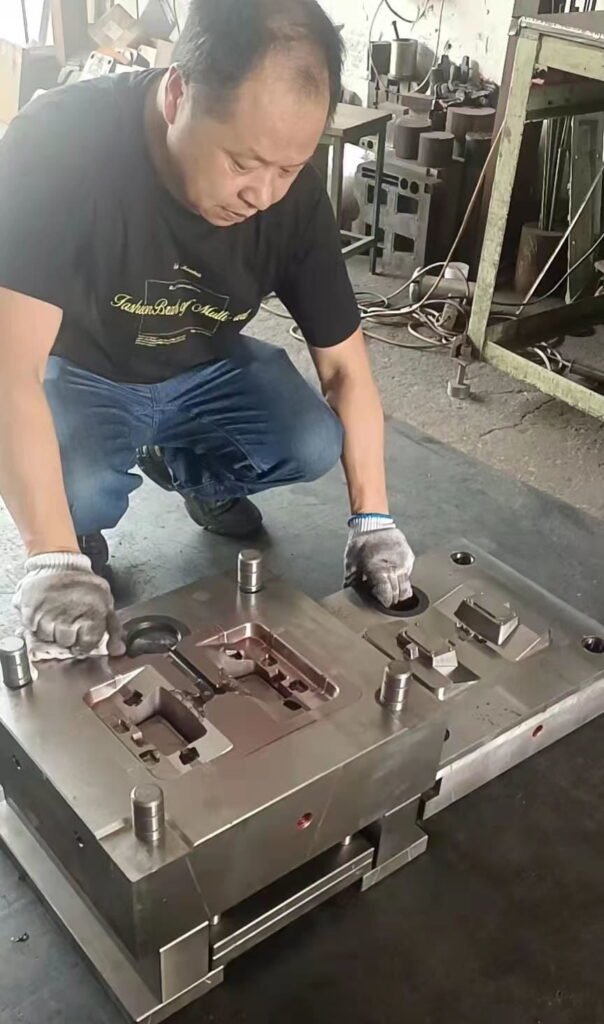
(3.) Mold material defects
The common mold material defects include:
(a.) Fusion: This occurs when sand grains fuse with molten metal and appear as a thin crust with a bristle. It is caused by the high pouring temperature of the metal and low refractoriness of the material.
To avoid fusion, improve the refractoriness of the molten material. Also, reduce the pouring temperature of the molten metal.

(b.) Swells: When a mold is not strong enough to withstand liquid metal pressure, this may cause the mold wall to move back or give way. This results in swelling
Swelling is when the casting unnecessarily enlarges. It appears as a slight, smooth bulge on the vertical face of a casting.
(c.) Metal penetration: This is the uneven and rough surface finishing of the casting. It occurs when the liquid metal penetrates the sand grains of the mold. It is easy to notice with bare eyes.

The common causes of metal penetration include the use of coarse sand grain, lack of mold wash, soft ramming of sand, use of sand with low strength and high permeability, etc.
To prevent this, coat the surface of the mold with a mold wash. Also, use high strength, small grain size and hard ramming of sand.
(d.) Veins: This is an irregular line or cracks on the casting. It usually occurs on the surface of the mold bottom. A more serious form of vein is known as buckles

Both veins and buckles occur when excessive heat of the metal causes the sand to expand. The common causes of veins and buckles are a hot pouring temperature, poor mold design, etc.
To avoid this, lower the pouring temperature of the metal. Also, to ensure proper expansion, design the mold not to be too hard
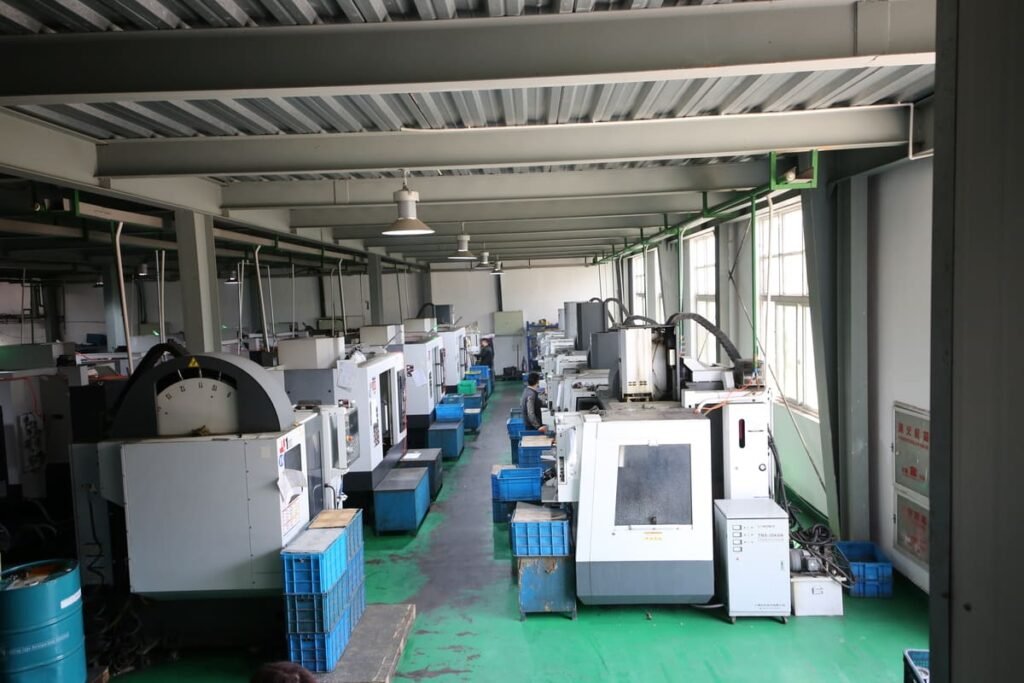
(e.) Drops: Drops occur when fragments of sand get into metal casting while it is still liquid. It is characterized by an irregularly shaped projection on the top surface of a casting.
The common causes of drops include insufficient fluxing of molten metal, soft ramming, etc. To avoid this, provide harder ramming when casting.
(4.) Metallurgical defects
These occur when the casting is cooling down, towards solidification. When the solidifying metal does not have enough strength to resist tensile forces during solidification, this will result in metallurgical defects. It is also known as hot tear/ crack.
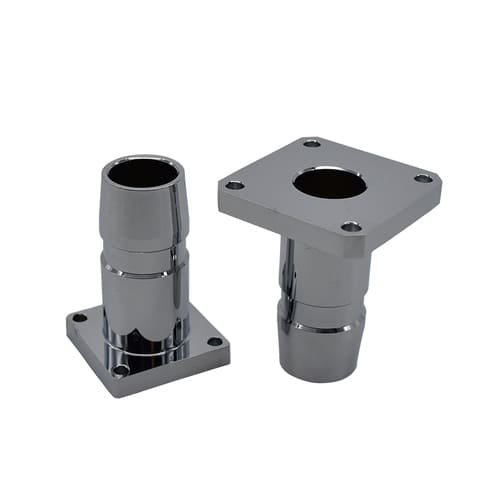
These occur because the metal is weak when it is hot and the residual stress in the material can cause the casting to fail when cooling.
These defects appear as irregular crevices in a branched pattern. You can notice the crack with bare eyes, though it is also possible not to notice it with naked eyes.
Poor mold design is a common cause of these defects. To avoid, modify the mold to improve collapsibility.

(5.) Pouring metal defects
These types of defects occur when pouring the molten metal into the mold. These defects include:
(a.) Cold shut: These are cracks or lines with round wages around the casting surface. The causes of cold shut are:
– Poor design of the gating system and lack of fluidity in the molten metal.
– When low temperature prevents fusion of metals at the injection, thereby causing the stream to solidify before fusion.
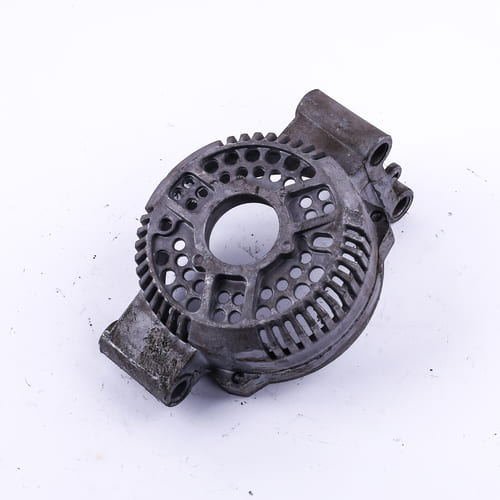
To guard against cold shut, increase the fluidity of the molten metal. You can do this by increasing the pouring temperature to prevent premature solidification or optimizing the gating system to reduce narrow cross paths.
(b.) Misruns: These occur when the liquid metal is too cold to flow to the extreme parts of the mold cavity before freezing and solidifying. The unfilled places in the mold are known as the misruns.

The causes of pre-mature solidification here are similar to that of cold shut. To correct misrun, work on the mold design and gating system design.
(c.) Flashes: These are thin metal sheets around the edge of the parting surface of a die-cast part. Flashes are caused by high injection speed, insufficient clamping force, high filling temperature, etc.
To avoid this, always regulate the die casting processing parameters and clean the parting surface and cavity of the die.
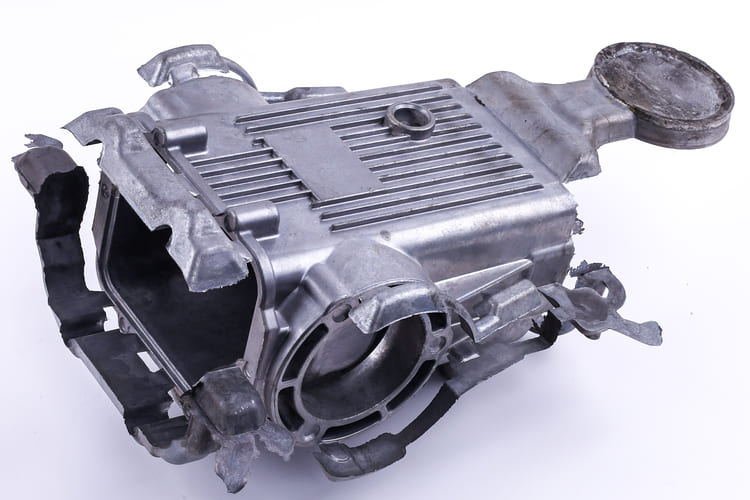
(d.) Warping: This refers to casting deformity that changes the dimensions of the die-cast parts. When the different sections of a die-cast part have different solidification rates, it causes stress on the adjoining walls. This results in warping.
You can prevent warping by normalizing the heat treatment to remove residual stress in die casting.
Conclusion
In this article, we have taken you through the common defects of casting. These include shrinkage defects, gas porosity, mold material defects, metallurgical defects and pouring metal defects. This knowledge will help you achieve optimum and excellent casting.








